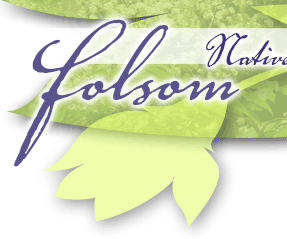|
Back to Decades Page
The Observations of John Larkin
- January 1997
Bloomed from mid-November to heavy frosts of Dec. 19, 20, 21, 1996
With temperatures of 23 ,17 & 26 degrees: (
* ) indicates number of months in bloom
Since most trees have lost their leaves, it's easier
to see flower buds on the following:
- Cornus florida, White Flowering
Dogwood
- Lirodendron tulipfera, Tulip tree
- Sassafras albidum
My evergreen
native ferns have pulled through the frosts in good shape, they are:
- Drytopteris ludoviciana, La. Wood
Fern
- Asplenium platyneuron, Ebony Spleenwort
- Polystichum acrostichoides, Christmas
Fern
- Adiantum pedatum, Northern Maidenhair
Fern
Printable
Januarly, 1997 Blooms (Adobe PDF)
|



















